by David Burrell
In this five-part series the Australian Motor Heritage Foundation (AMHF) is featuring the automotive design work of David Bentley, and his involvement in shaping the X6 Austin Tasman and Kimberley. David worked in the styling studios of BMC Australia (BMCA) and BMC in the UK during the 1960s.
This third instalment covers the sedan proposals developed by David. The original sketches and drawings are from David’s private collection.
As I’ve explained in parts one and two, when first tasked with designing the Tasman/Kimberley, at BMC’s UK styling studios, David was given a number of design proposals which had been quickly sketched by BMC designer Harris Mann. BMCA had required the Tasman/Kimberley to be based on the existing Austin 1800 to save costs, because the car was only a stop gap model until the P76 arrived.
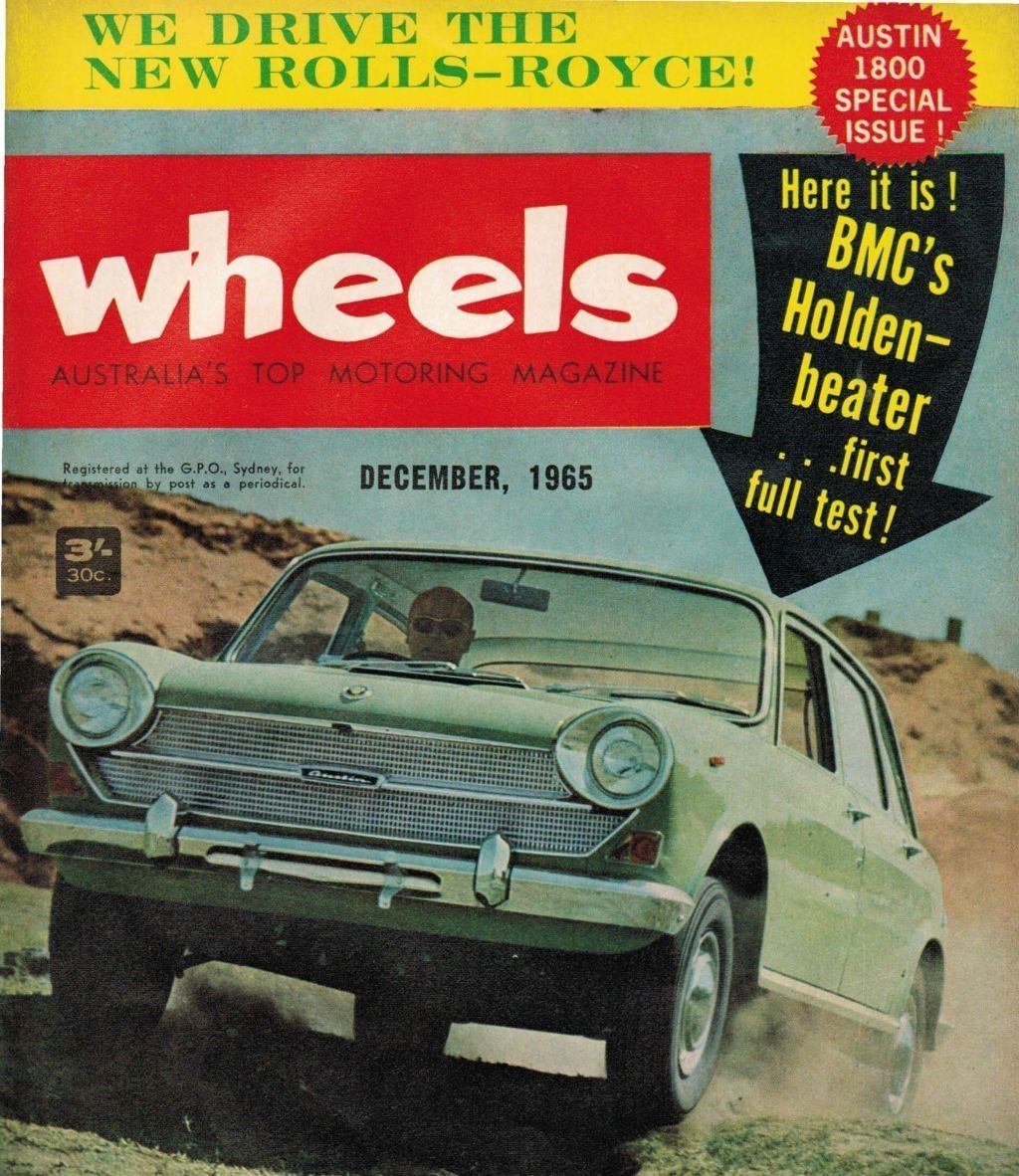
Mann had largely ignored BMCA’s parameters. David’s task was to bring the design back into line and retain the Austin 1800’s doors, roof, glass and inner structures.

Seen above and below are four of David’s proposals, in side view, that adhere to most of the Austin 1800’s overall structure, yet provide some differentiation. Three have wide “C” pillars of slightly different width, while one retains the 1800’s small rear side window.
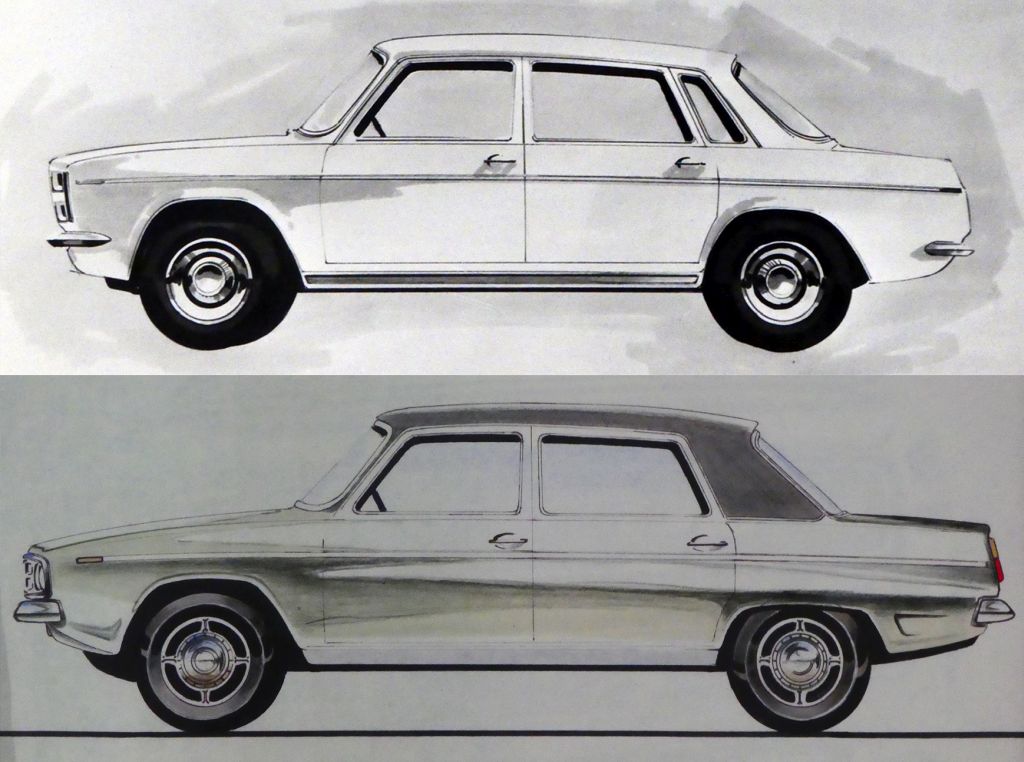
Three front three-quarter renderings (below) reveal David’s efforts to make the car look as wide and as low as possible within the 1800’s structure. This has been achieved by squaring off the front end, chamfering the bonnet and fenders down to meet the narrow full width grille and locating the headlights at the extreme ends of the grille. To enhance the visual width, a long, thin “negative space” has been created under a thin bumper bar. All these overall styling themes were applied in the production model.
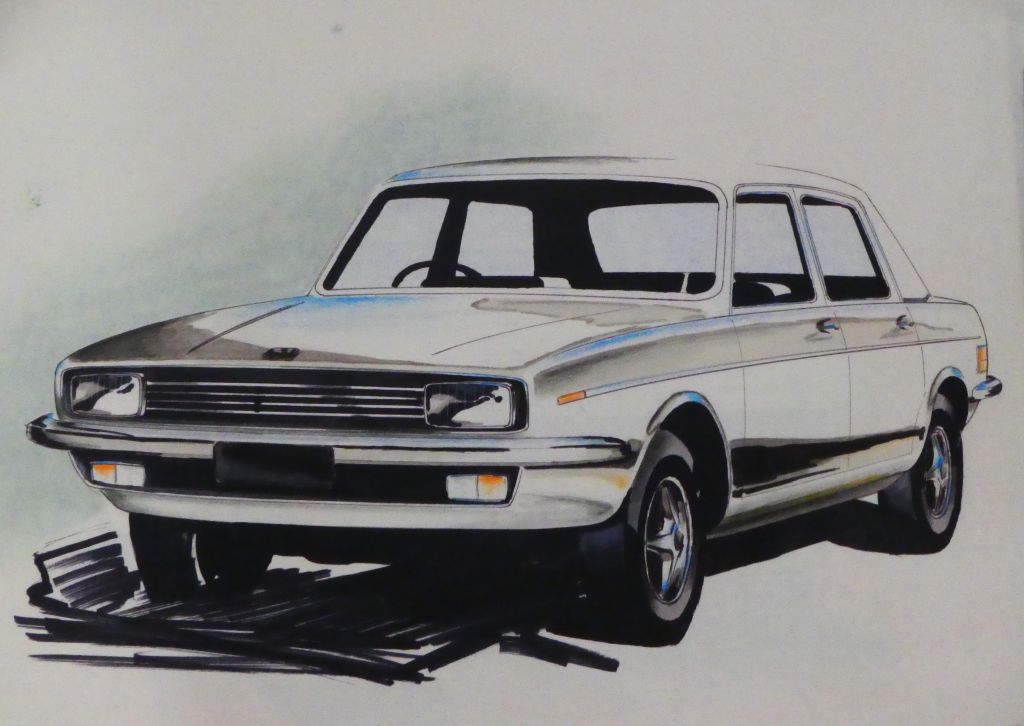
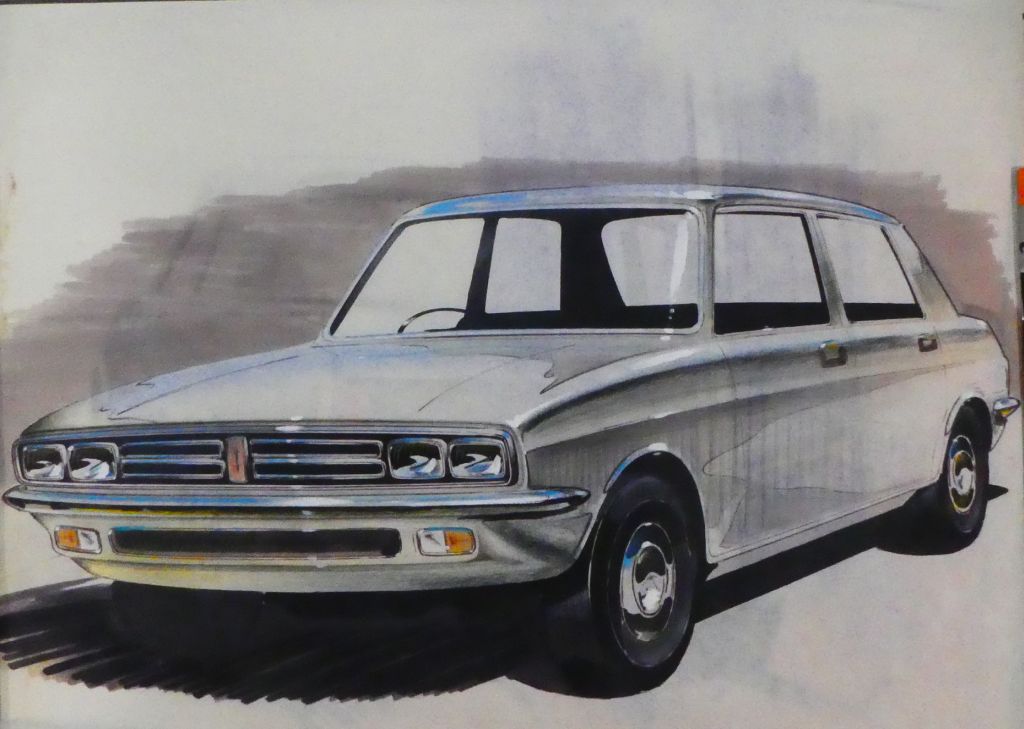
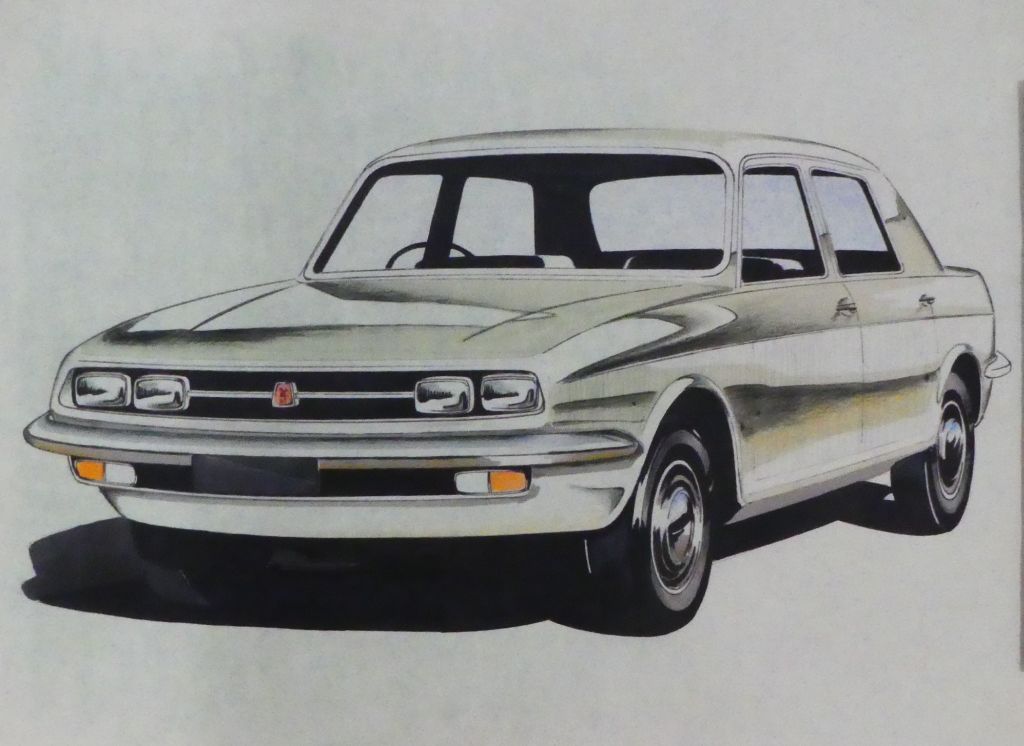
The many variations of grille design (below) were sketched quickly and filed for later reference.
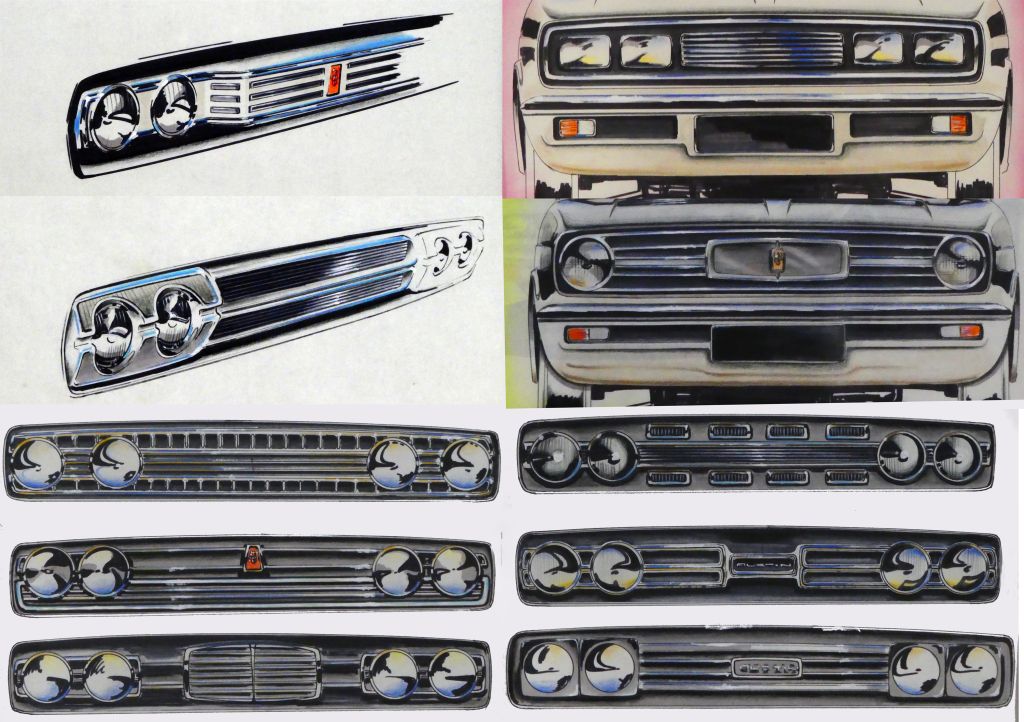
For the rear end design theme, seen below, David added at least four horizontal lines and creases across the boot and chamfered its leading edge and fender to widen and lower the appearance of the car. To further lower the appearance and create length, one of the lines crossing the boot wrapped into the rear fender and extended to the front of the car. The production model used this design theme, highlighting it with chrome trim.
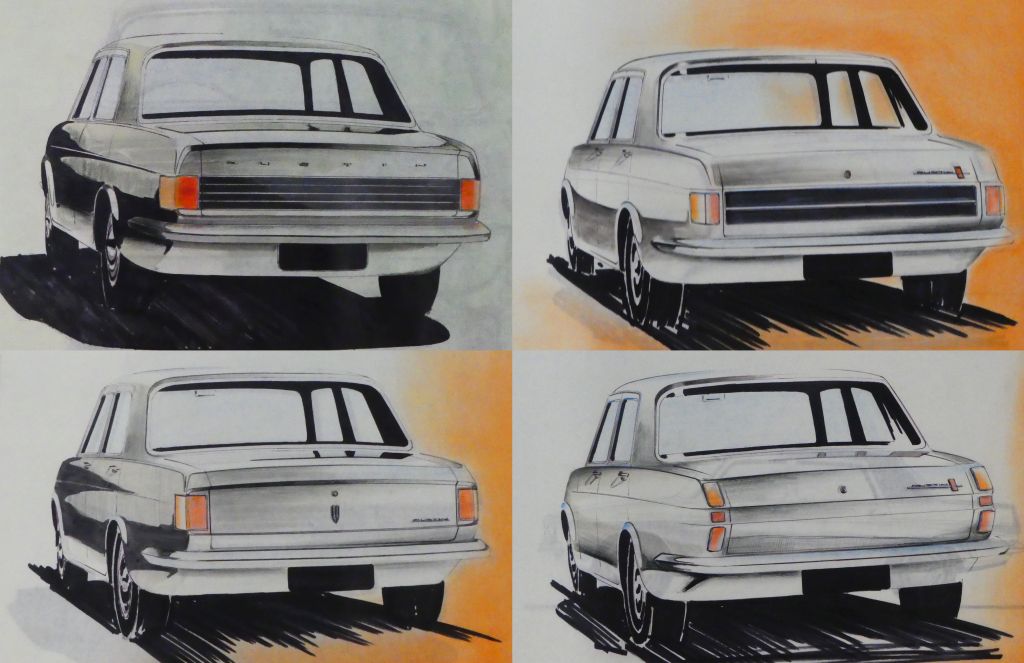
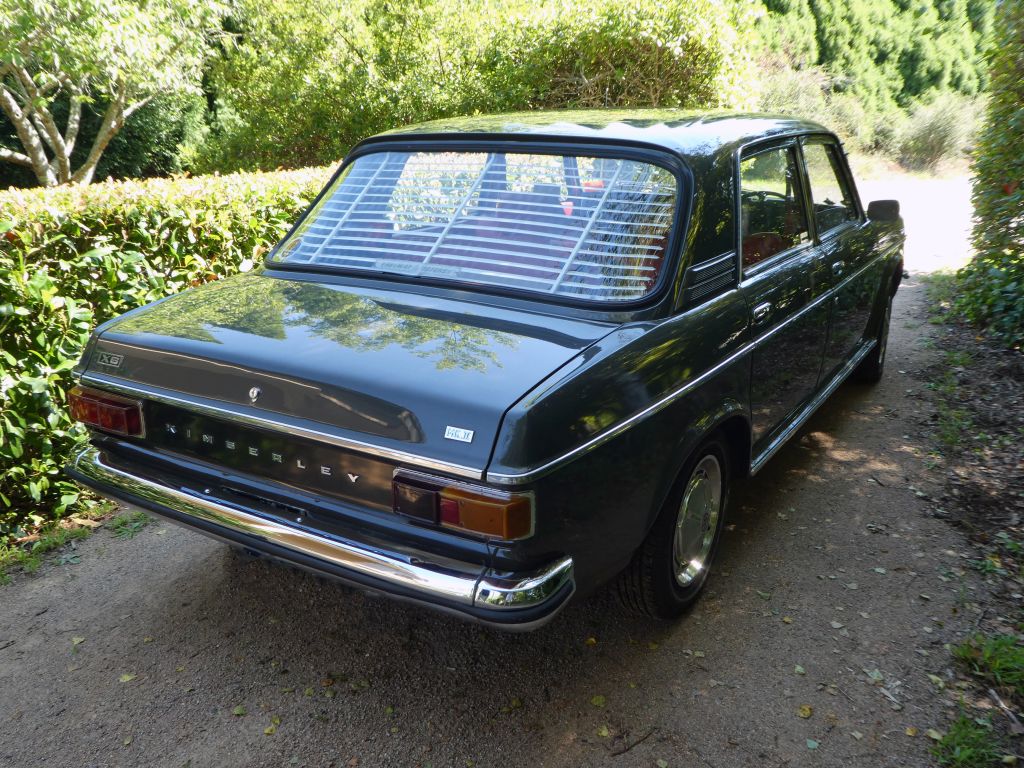
A comparison between the 1800 and the production Tasman/Kimberley reveals how much David was able to achieve with so little room to move. It is a testament to his design capabilities. Indeed, a defining characteristic of the Australian automotive industry generally, was its capability to do much with very little.

Part four of this series reveals the designs David developed for the never released Tasman/Kimberley station wagon. The final instalment features the five-door hatchback.

